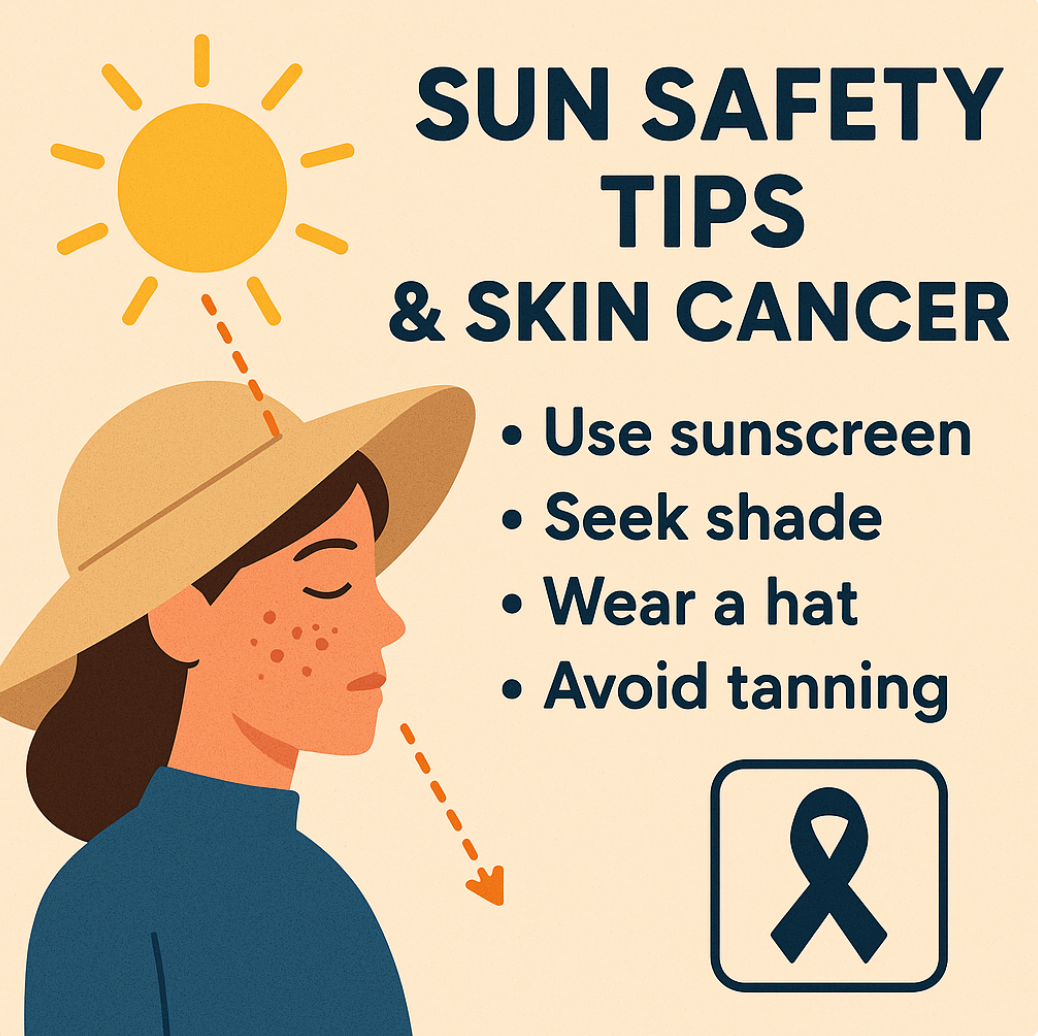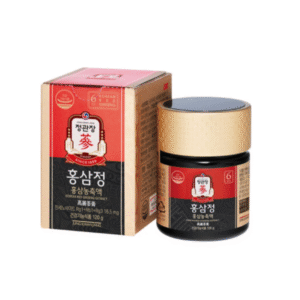Sunlight is essential for life, providing warmth, energy, and vitamin D synthesis. However, overexposure to ultraviolet (UV) radiation significantly increases the risk of skin cancer, the most common cancer worldwide. According to the World Health Organization, more than 2–3 million cases of non-melanoma skin cancer and 132,000 cases of melanoma are diagnosed globally each year. This article explores the science behind skin cancer, key risk factors, early detection, and effective prevention strategies.
🔬 What Is Skin Cancer?
Skin cancer occurs when abnormal cells grow uncontrollably in the skin’s outermost layer (epidermis). It is primarily caused by DNA damage due to UV radiation from the sun or artificial sources like tanning beds.
Major Types of Skin Cancer
- Basal Cell Carcinoma (BCC) – The most common but least aggressive form, appearing as pearly or waxy bumps.
- Squamous Cell Carcinoma (SCC) – More likely to spread than BCC, often manifesting as red, scaly patches or open sores.
- Melanoma – The deadliest form, developing in pigment-producing cells (melanocytes). It can spread rapidly if not detected early.
☀️ UV Radiation and Its Impact on Skin Health
UV rays are divided into two primary categories:
- UVA (320–400 nm): Penetrates deeply, causing premature aging and contributing to skin cancer.
- UVB (290–320 nm): Causes sunburn and direct DNA damage, leading to mutations.
Repeated exposure to both UVA and UVB accelerates skin aging, suppresses immune function, and damages cellular DNA.
👩⚕️ Risk Factors for Skin Cancer
- Fair skin, light eyes, and blonde/red hair (less melanin protection)
- Family history of melanoma
- Frequent sunburns, especially in childhood
- Indoor tanning bed use
- Weak immune system
- Living near the equator or at high altitudes
🔎 Early Warning Signs
The ABCDE Rule helps detect suspicious moles:
- Asymmetry – One half doesn’t match the other
- Border – Irregular or blurred edges
- Color – Multiple colors in one mole
- Diameter – Larger than 6mm
- Evolving – Any change in size, shape, or symptoms
🛡 Prevention Strategies
- Use Broad-Spectrum Sunscreen (SPF 30+): Apply 20 minutes before sun exposure and reapply every 2 hours.
- Wear Protective Clothing: Long sleeves, hats, and UV-blocking sunglasses.
- Seek Shade: Especially between 10 a.m. and 4 p.m., when UV rays are strongest.
- Avoid Tanning Beds: They emit concentrated UV radiation.
- Regular Skin Checks: Monthly self-exams and annual dermatologist visits.
📊 Public Health Impact
Skin cancer imposes enormous healthcare costs globally. In the U.S. alone, annual treatment costs exceed $8.1 billion. Public awareness campaigns like “Slip! Slop! Slap!” in Australia have proven effective, reducing melanoma incidence among younger generations.
🌍 Resources for Further Reading
- American Cancer Society: Skin Cancer Facts
- World Health Organization: UV Radiation
- Skin Cancer Foundation
🇰🇷 Premium Korean Ginseng Online Shop







